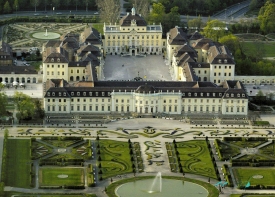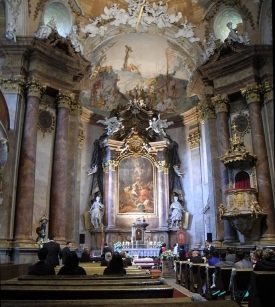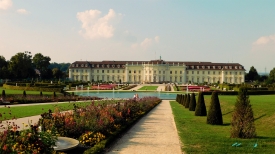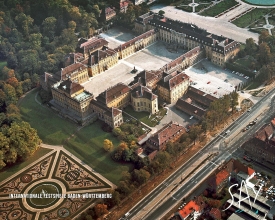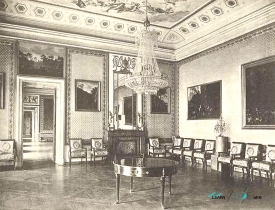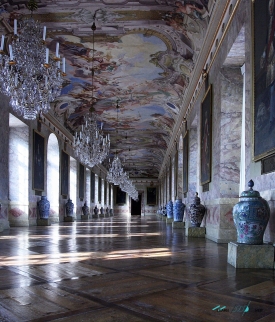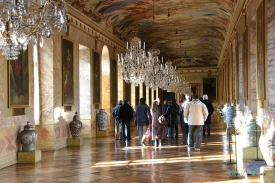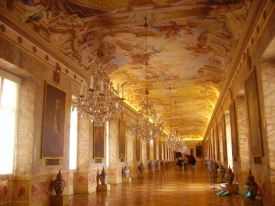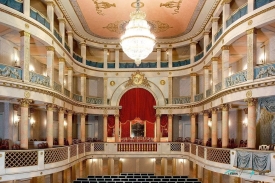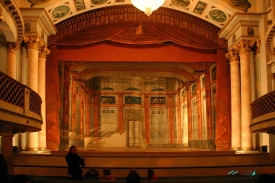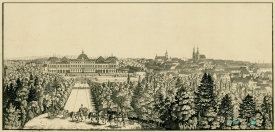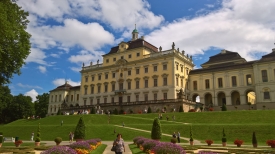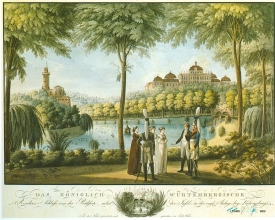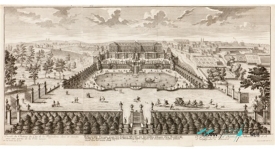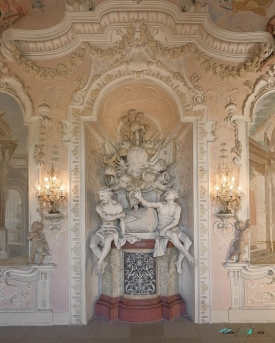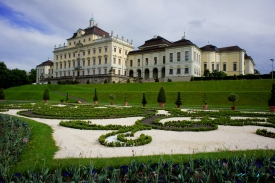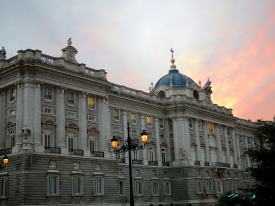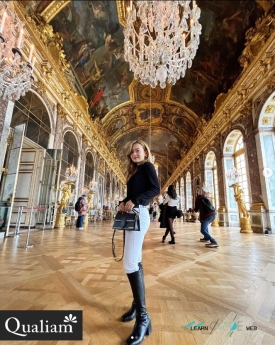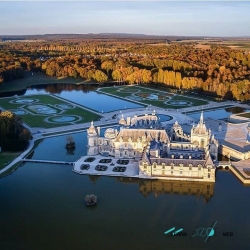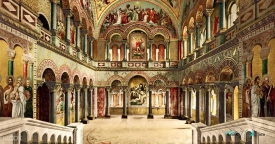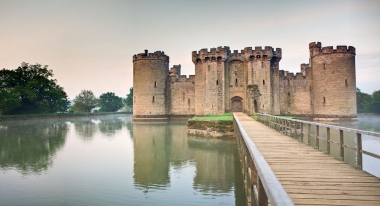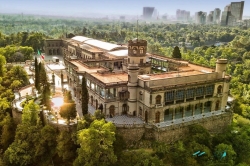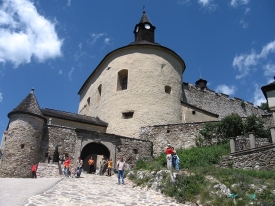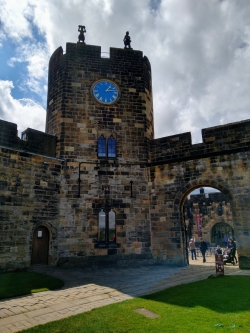ABOUT Ludwigsburg Residential Palace
Ludwigsburg Palace: A Hidden Baroque Treasure in Germany
Ludwigsburg Palace was commissioned in 1704 by Duke Eberhard Ludwig of Württemberg, initially as a modest hunting lodge. However, inspired by the grandeur of Versailles, the duke envisioned a royal residence that would reflect his ambitions. Over the following decades, the palace evolved into one of the largest Baroque complexes in Europe, featuring over 400 rooms and 18 buildings.
Each generation added to its magnificence. By the late 18th century, Ludwigsburg was more than a home—it was the political, cultural, and artistic heart of the Württemberg court.
Miraculously, the palace survived both World Wars unscathed. Today, it stands as a living museum of three centuries of architectural and social history.
First Impressions: Entering the Versailles of Swabia
Arriving in Ludwigsburg, the palace immediately dominates the town’s skyline. The main entrance leads visitors into a grand courtyard enclosed by symmetrical wings and an arched gallery. I joined an English-language guided tour—highly recommended if you want access to rooms not available to general visitors.Our guide led us through a labyrinth of halls filled with frescoed ceilings, parquet floors, and ornate mirrors. The sheer size and opulence of the rooms were breathtaking.
The Marble Hall
The Marble Hall is arguably the most iconic room in the palace. With towering columns, gold-trimmed balconies, and a ceiling painted with mythological scenes, it's easy to imagine lavish banquets and royal dances held here. The acoustics are said to be so perfect that chamber orchestras still perform concerts in this space.
The Palace Theatre
Next, we visited the oldest preserved Baroque theater in Europe still in operation. Built in 1758, the theater retains its original stage machinery, allowing for quick scene changes using rope and pulley systems. I was fortunate to catch a short demonstration—an experience that brought the 18th century to life.
Exploring the Palace Museums
Ludwigsburg Palace is not just a historic residence—it’s also home to several specialized museums:
1. Baroque Gallery
This museum features 18th-century paintings, many depicting court life, mythology, and religious themes. One portrait of Duke Carl Eugen caught my eye—not for its artistry, but for the arrogance and theatricality that seemed to leap from the canvas.2. Ceramics Museum
A hidden gem inside the palace, this museum showcases porcelain and ceramic art, including rare pieces from Ludwigsburg’s own 18th-century factory. The detail in these hand-painted works reveals the artistry and social symbolism of the time.3. Children's Kingdom (Kinderreich)
Perfect for families, this interactive section allows children to dress in period costumes, play with historically inspired toys, and learn about royal life in a hands-on way.The Gardens of Ludwigsburg: Baroque in Bloom
No visit would be complete without a stroll through the Blühendes Barock ("Baroque in Bloom") gardens. Designed in the French style, these gardens are arranged with mathematical precision, featuring flower beds, fountains, hedges, and sculptures.I visited in spring, when tulips and daffodils were in full bloom. The scent of flowers, the sound of birdsong, and the gentle breeze created an atmosphere of serenity and splendor.
The Fairytale Garden (Märchengarten)
One section of the grounds is dedicated to fairy tales, with mechanical displays depicting scenes from the Brothers Grimm. While aimed at children, the whimsical setting is charming for all ages—and a great place to relax after touring the palace.Tips for Visiting Ludwigsburg Palace
After spending a full day exploring the palace and its grounds, here are my personal recommendations:Plan at least half a day. There’s simply too much to see in less time.
Take a guided tour. Many rooms, including private quarters, are only accessible with a guide.
Visit in spring or early autumn. The gardens are at their most beautiful, and the weather is ideal.
Wear comfortable shoes. You’ll be walking a lot—both indoors and out.
Bring a camera, but check photography rules. Some rooms prohibit photos.
How to Get There
Ludwigsburg is easily accessible from Stuttgart by regional train. Trains run regularly and the journey takes just 15–20 minutes. From the station, it’s a 15-minute walk through the town center to the palace entrance.If you’re driving, there are parking areas near the palace, though they can fill up quickly on weekends and holidays.
Final Thoughts: A Palace That Lives and Breathes History
Ludwigsburg Palace is more than an architectural marvel—it’s a cultural landmark that offers a rare glimpse into centuries of German aristocratic life. As a journalist and traveler, I’ve seen many castles across Europe, but Ludwigsburg remains one of the most immersive and complete experiences I’ve encountered.It invites not just observation, but imagination. You don’t just see history—you walk through it, touch it, and hear its echoes in every hall.
If you’re planning a cultural trip to Germany, skip the usual tourist traps and head to Ludwigsburg. This palace is waiting to surprise you.
The Best Pictures of Ludwigsburg Residential Palace
Videos of Ludwigsburg Residential Palace







